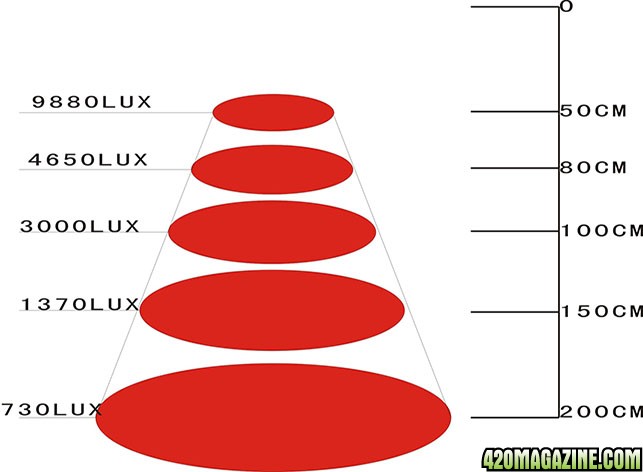- Thread starter
- #14,581
Mars Hydro
420 Sponsor
 icelikewinip, it's not an issue. The fan will work when veg switch is on. During veg, just turn on veg. During flower, you need turn on both switches.
icelikewinip, it's not an issue. The fan will work when veg switch is on. During veg, just turn on veg. During flower, you need turn on both switches. 
sorry if this has been covered, but im curious why my 144x5 reflector's fan shuts off when just the bloom button is pushed? anyone else had this issue?



 Reflector 96x3w will cover 4.4'x2.2' at the height of 2'. Reflector 144x5w will cover bigger area, 6.6'x2.2' at the height of 2'.
Reflector 96x3w will cover 4.4'x2.2' at the height of 2'. Reflector 144x5w will cover bigger area, 6.6'x2.2' at the height of 2'.  your grow is one of my favorite.
your grow is one of my favorite.







